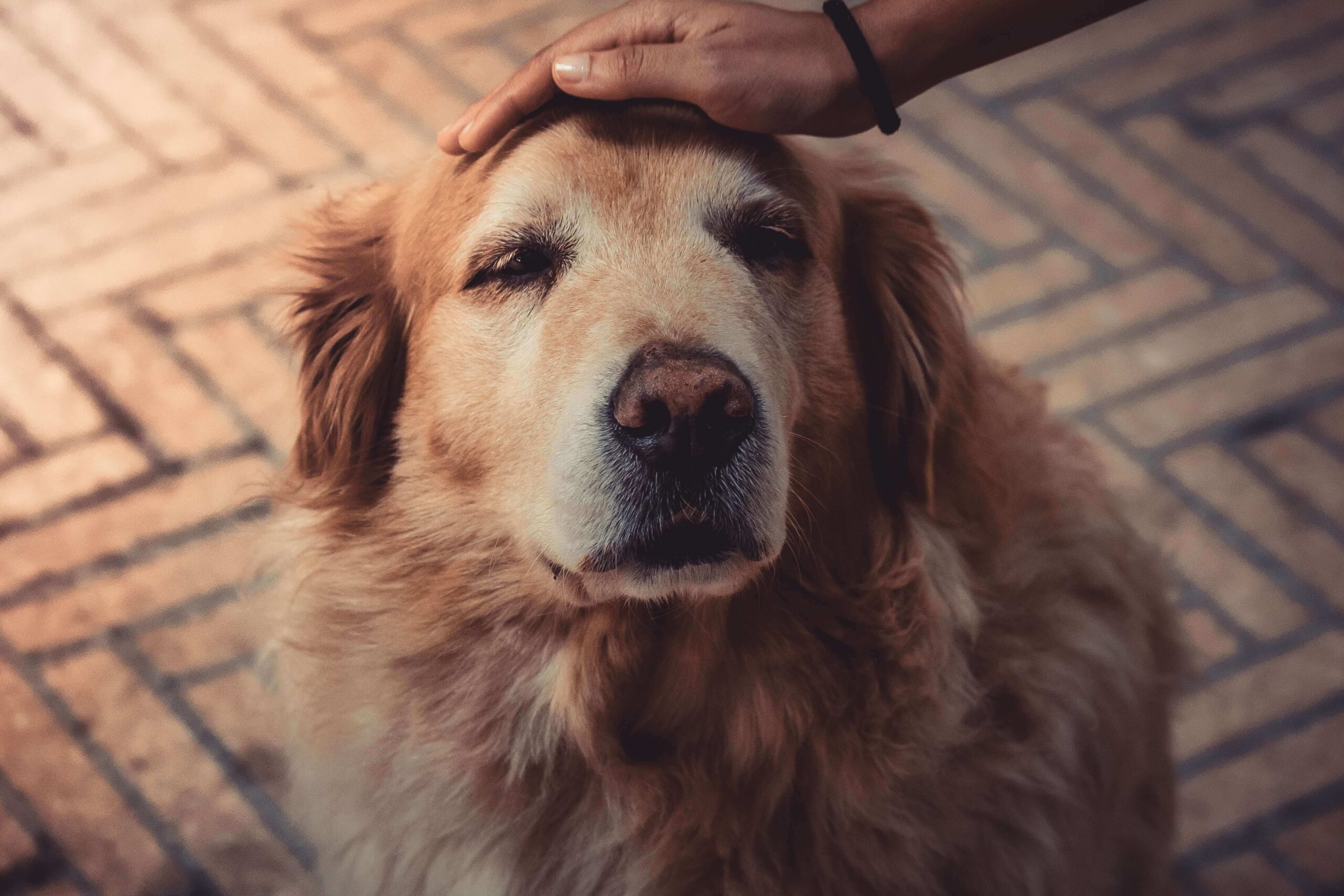Last Updated on September 1, 2023 by Fumipets
17 Longest Living Dog Breeds: A Look at Canine Longevity
Dogs have been cherished companions for humans for centuries, and some breeds have earned a reputation for remarkable longevity. In this exploration of the longest-living dog breeds, we’ll delve into the characteristics, care, and factors contributing to their extended lifespans, shedding light on the keys to a healthier and longer life for our furry friends.
Dog Breeds
The typical longevity of a canine cannot be determined scientifically, but most puppies make affectionate partners for about ten years. The Australian livestock canine named Bluey had the greatest lifespan ever documented, according to the Guinness World Book of Records, and he survived for almost 30 years!
What Types of Dog Breeds Live the Longest?
According to research, bigger canines can expect to live for 7 to 10 years, while smaller dogs can expect to live for 13 to 16 years.
Australian livestock dogs, some terrier breeds, and miniature dog breeds have all been known to enjoy lengthy lifetimes.
While heredity play a large part in determining longevity, living decisions also have an effect on how a canine (or a human) is “hardwired.” Wellness treatment is frequently crucial for living a better, extended life. Your canine will be better prepared to live a longer and healthy life if it receives a suitable high-quality food, appropriate and regular physical exercise, and mental stimulus, as well as if you follow the veterinarian’s advice regarding yearly or semi-annual wellbeing examinations.
Consider height as well if you’re curious about the canine varieties with the lowest and greatest lifespans. The docile Bernese mountain dog, which typically weights 60 to 110 pounds, has an average lifespan of seven years, whereas the tenacious Chihuahua, which weighs about 3 to 6 pounds, could be your friend for up to 18 years.
Yorkshire Terrier (Yorkie)

That spirited speck, the Yorkshire terrier, is positioned right next to the Chihuahua on the tiny scale. People who like clever, trainable, miniature dogs with big dispositions frequently choose the Yorkie. These little cuties are typically 11 to 15 years old and are full of love and attitude.
Australian Cattle Dog
The Australian cattle dog is a long-living canine type that’s also excellent for individuals with a busy lifestyle because of his high-octane energy, sharp intellect, and strong work ethic. This devoted herding dog frequently serves as a person’s closest friend for up to 16 years. Few varieties are happy with a task to do than this one, so provide plenty of chances for both physical and cerebral stimulation for your Australian cattle dog to ensure he’s living his best life.
Chihuahua
The Mexican flag canine is competing for first place with the Australian livestock dog. Chis, as their devoted owners affectionately refer to them, are sharp, inquisitive, and full of energy and courage. They are also incredibly devoted, which is good for a dog for whom you will make at least 16 birthday desserts.
Dachshund

She’ll be yours for 12–16 years, whether she’s a wiener dog, doxie, sausage dog, weenie, or dashie. That is a long time to adore this stubborn, gregarious, and jovial dog. The Munich Olympic Summer Games in 1972 had a dachshund as their emblem because of how highly regarded the species is. And how many different canine varieties have their own museum?
Cavalier King Charles Spaniel
The honorable and amiable Cavalier King Charles Spaniel has unquestionably earned his star position as an endearing partner for children, the elderly, and other family pets. These old canines, who live to be 18 years old, enjoy running and playing but are equally happy to curl up on the sofa and watch an entire season of The Crown.
Toy Poodle
There are only dogs with lower levels of reactive protein and hair problems; there is no such thing as a “hypoallergenic” canine. But the cheerful miniature poodle has a life expectancy of 10 to 18 years if you want an amiable and loving canine partner you can cuddle with while avoiding many sneezes (ideally). The time will pass quickly because she is so adorable!
Lhasa Apso
Don’t be fooled by those perfectly styled tresses. Although a Lhasa apso is prepared for any Instagram photo you want to take of him, he was originally raised to protect Buddhist temples and Tibetan kingdoms. You’ll get to appreciate his assurance, fun, and devotion for 12 to 15 years.
Beagle
Given that the beagle’s longevity is between 10 and 15 years, if your kid pleads for a companion, you really can’t go wrong with this endearing and loving canine. These dogs are incredibly well-liked and possess sufficient vitality to keep up with even the most boisterous children! They make excellent field monitors for small-game shooters.
Cockapoo

The cockapoo, a charming cross between a cocker spaniel and a poodle, can make a cherished family member for up to 15 years—and sometimes even longer! These canines make excellent service dogs and may also be a good option for those who suffer from allergens.
Maltese
This best cuddle dog with a long history could be another reduced-allergy friend. Maltese canines are some of the most loving puppies you’ll ever meet, combining intelligence and attractiveness. They are readily trained, playful without being pretentious, and they will enjoy the chance to perform feats with you for 12 to 15 years.
Papillon
You might know the royal beloved papillon from visits to the art museum: Goya, Rembrandt, Rubens, and Toulouse-Lautrec frequently featured her in artworks. She’s not quite as tiny as a Chihuahua or Yorkie but just as lively and witty. She’ll be a close friend for a long period, being between the ages of 14 and 16.
Pomeranian
Such a tiny frame and so much hair! You’d never realize Pomeranians were related to robust Nordic sled dogs from their outward appearance. They may not be as mobile due to their small legs, but they are nonetheless strong and healthy, typically lasting 12 years or more. Pomeranians are friendly and lively canines that are simple to teach and are ideal for first-time pet owners.
Schipperke
This Belgian prankster will make a great canine companion for a very long time—usually 13 to 15 years with few health issues. A Schipperke (pronounced “skip per kee”) is a happy canine who takes pleasure in everything life has to offer, particularly if it includes engaging objects and time spent playing with other dogs. But remember, people call him “Little Black Devil,” so be committed to regular training to keep him from getting into trouble.
Australian Shepherd (Aussie)
The Australian dog is prepared, and you can see it all over her features. in any case! These highly intelligent and devoted working canines are excellent at their jobs, which is why many of them are cattle caretakers, talented athletes, and members of police and search-and-rescue teams. Having a lifetime of 12 to 15 years, Australian shepherds make wonderful support canines.
Hairless Chinese Crested

Who wouldn’t adore such a special dog? Oh, the Instagram photos! Chinese crested dogs, both bald and “powderpuff” types, are affectionate, watchful, and long-lived canine friends, living to be at least 13 years old but frequently well into their upper teens. They don’t need much exercise, but they do anticipate spending a lot of time with you and everyone else.
Russell Terrier
Watch the pyrotechnics when you put this terrier and an Australian livestock dog in an agility arena! Few dogs can match the quickness and laser-like focus of the Russell terrier, so it’s crucial to keep loving Russells busy with “get out and go” activities like scent training. She requires a committed partner to equal her enthusiasm if she wants to live her finest life until she is 14 years old!
Samoyed
A Samoyed may not be the fluffiest dog in the world, but he still makes the list! This double-coated canine type is full of character, personality, and more than a little energy, so the trade-offs make it all worthwhile if you don’t mind routine brushing and fuzzy dust particles drifting around for 12–14 years. They value having a task to do and their people because of their Nordic sled canine background. perhaps even a sudden chilly snap!
Frequently Asked Questions
Which dog breeds are among the longest living and what is their average lifespan?
Several dog breeds are known for their longevity, including the Chihuahua, Dachshund, Toy Poodle, and Australian Cattle Dog. On average, these breeds can live between 12 to 16 years or even longer with proper care.
What factors contribute to the long lifespan of these breeds?
Longevity in these breeds can be attributed to a combination of factors, including genetics, size, and overall health. Smaller dog breeds tend to live longer, and responsible breeding practices can reduce the risk of inherited health issues.
What are the common health concerns in these long-living breeds, and how can they be managed or prevented?
Long-living breeds may still be prone to certain health issues such as dental problems, joint concerns, or age-related conditions. Regular veterinary check-ups, a balanced diet, exercise, and maintaining a healthy weight are crucial for managing or preventing these issues.
How can pet owners ensure their dogs of these breeds have a high quality of life in their senior years?
Providing proper senior dog care is essential. This includes adjusting their diet to meet their changing nutritional needs, maintaining regular exercise at a pace suitable for their age, and offering comfortable living arrangements. Frequent vet visits to address age-related concerns are also crucial.
Are there specific lifestyle considerations for these long-living breeds that pet owners should be aware of?
Yes, pet owners of long-living breeds should be aware that their dogs may require a consistent routine, mental stimulation, and regular social interaction to keep them active and engaged throughout their golden years. Adjusting to their changing needs with age is key to ensuring a happy and healthy life.


















